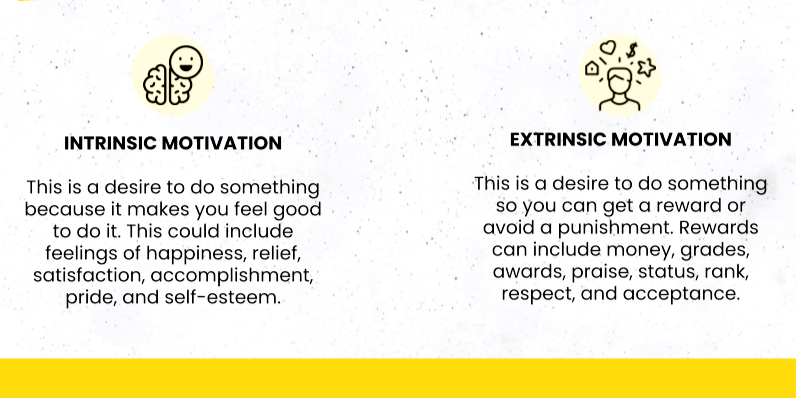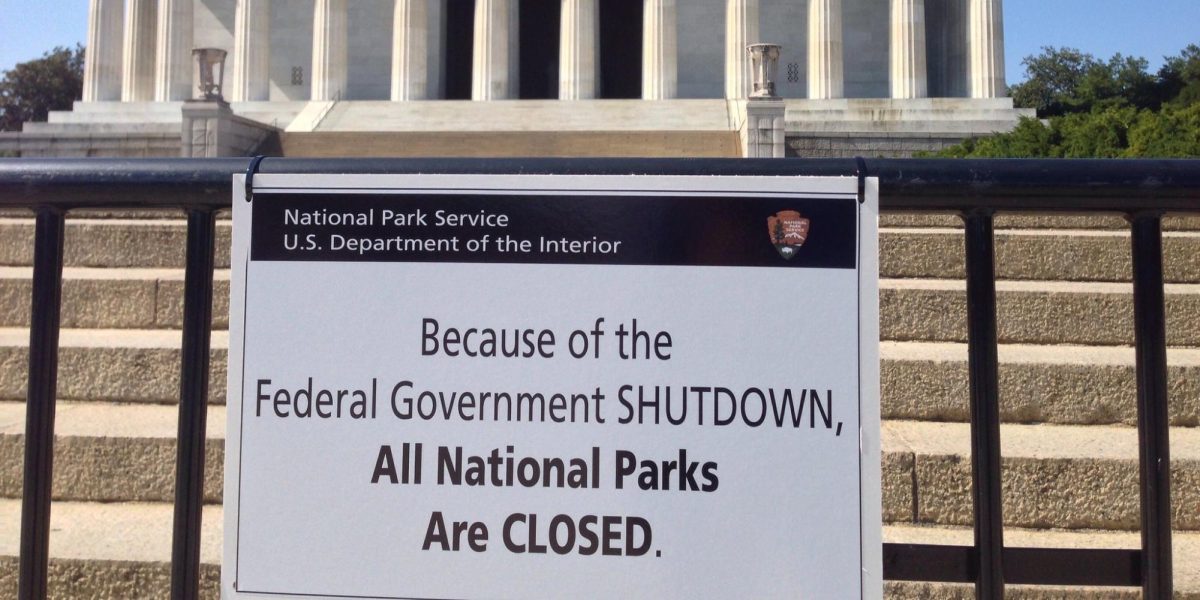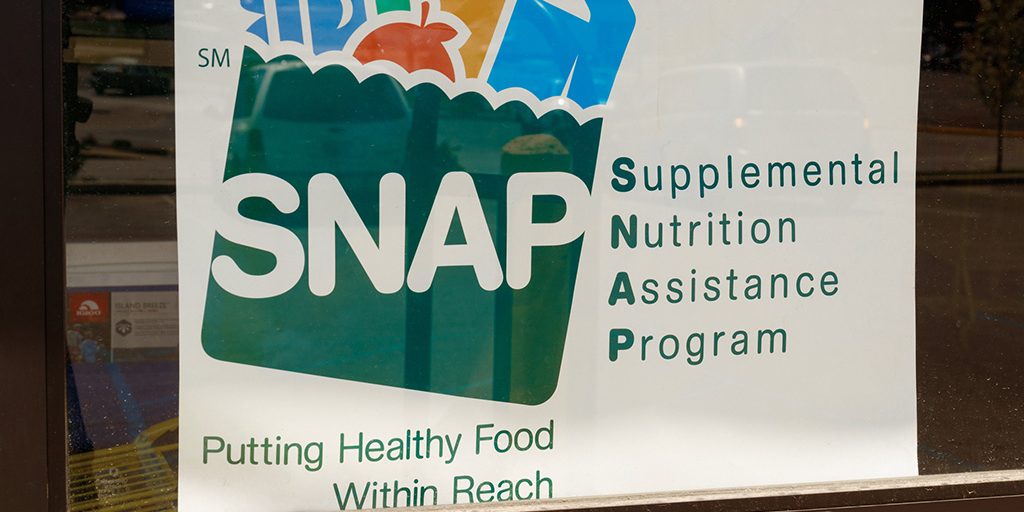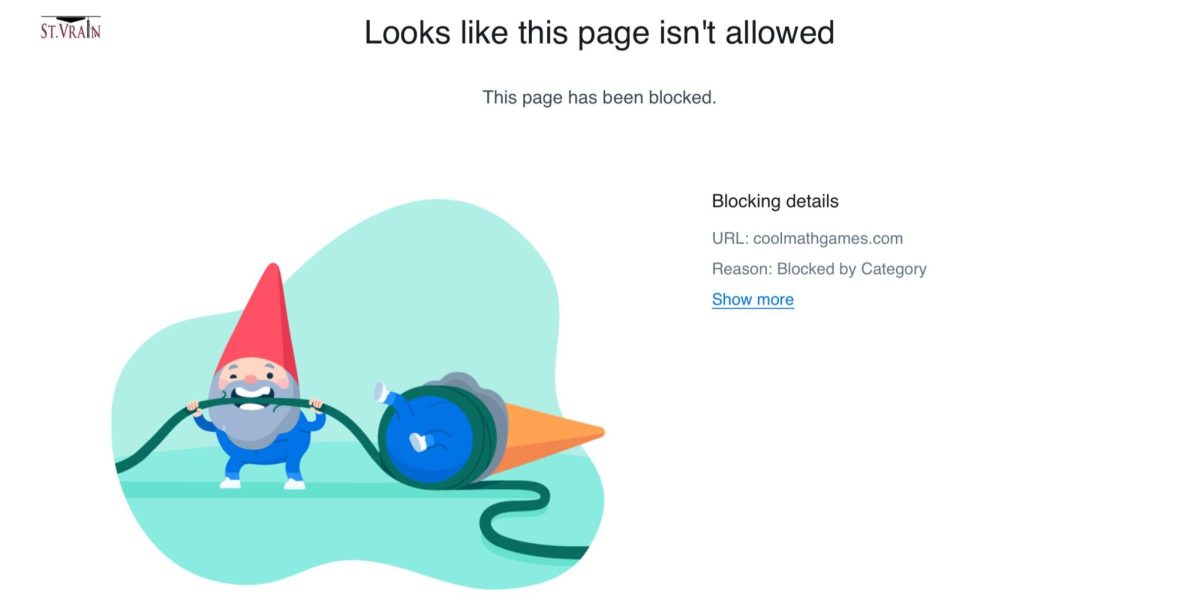It’s currently February 1. A month ago started 2025, and if you are like half of all teens or twenty-somethings in America, you made at least one resolution for the new year.
So how’s that going for you?
If the answer is “not great,” you’re in good company: 23% of Americans quit on their resolutions after a week and 43% by the end of January. While a majority of resolution makers are still in the fight, statistics show that will soon change. According to the Fisher College of Business, “researchers suggest that only 9% of Americans that can make resolutions complete them.”
This fact may be discouraging and lead you to ask if there’s any point in making a resolution in the first place. Making resolutions for the New Year began way back in Babylonian time. Their resolutions were literal promises, as villagers borrowed seeds and farming equipment from the wealthy and resolved to return in fall with the equipment in good shape and a portion of the harvest. Roman Christians adopted the practice but turned their promises to God. Knights in the Middle Ages would make an annual New Year’s vow to defend Christiandom by swearing on a peacock (proving once again that history is super weird).
Modern resolutions are more personal than public, which is one reason why they get broken so often. A knight vowing to act chivarlously will have kings, squires, and other knights pressuring him to keep his vow. A Babylonian farmer had the wealthy landowner breathing down his neck. Most Americans, however, don’t even share their resolutions with others and are in it on their own.
“When we set New Year’s resolutions, we use a very important concept called self-efficacy,” according to Dr. Dennis Buttimer of Piedmont Healthcare. Self-efficacy is a person’s belief that they can reach their goals. With a new year ahead (and often, a rested brain and body from holiday breaks), it’s easy to feel like things are possible. But as the year goes on, people start to psychologically give up because they think there isn’t enough time left to reach their goal. This is also why the younger you are, the more likely you are to set a resolution: teens have their whole lives ahead of them while older folks don’t.
Another reason people don’t keep their new year’s resolutions is because “we’re not motivated enough to attain them.” Motivation comes in two forms: extrensic and intrinsic. Extrinsic motivation comes from outside forces pushing a person to do something, and intrensic motivation comes from someone pushing themselves to do something. Getting good grades so your parents won’t ground you is extrinsic; getting good grades because you want to be intelligent is intrinsic.

That second kind of motivation is hard because change is hard. According to psychologists, current feelings of comfort and security will fight against our motivation to change because the brain doesn’t like risks. Habits usually take two months to form and can take up to 250 days to break. Since most new year’s resolutions rely on intrinsic motivation, this makes them hard to keep.
Resolutions fail because optimism alone won’t result in the change you want, but that doesn’t mean that your resolutions will fail. The only way to develop and grow as people is to pursue change and try to be our best selves. Here are some tips to ensure you actually reach your resolutions.
Get specific with what you want: It’s hard to hit a vague target. For example, “I want better grades” doesn’t clarify what better grades actually means–are you aiming for all A’s or all D’s? “I want at least a C in every class” is specific enough to create a target for a resolution.
Like Goldilocks, aim for “just right”: Lots of resolution habits tend to take things too far. According to Eat This, Not That, changing diet to lose weight, gain muscle, or feel healthier is the most common new year’s resolution made. However, tons of people go too far and create unhealthy eating habits, drop too much weight at once, or become nutrient deficient.
Set a deadline: A resolution needs to be accomplished. Set a deadline and commit to it so you feel the pressure to stay on track. “I will write a book eventually” is a poor resolution because you can always put it off until tomorrow. “I will write one chapter a week and finish my book by October” creates the pressure to get off the couch and start now.
Track your progress: To ensure that you reach your goal, track your progress daily using a journal, app, or a checklist. When you feel discouraged, these tools could inspire you to keep going when you see all the progress that you already made. Plus, if you aren’t tracking your progress, how do you know how close you are to success? Football fields have yard lines, race tracks have finish lines, and you need a way to measure how well you’re doing.
Start small: Start with smaller goals and easy things to complete, then springboard from that into bigger goals and bigger accomplishments. For example, going from not exercising at all to committing to an hour-long high-impact workout every day could result in serious injury and definite disappointment. Instead, start with a 15-minute low-impact workout, then once that feels good, go up to a 30-minute low-impact workout, then a 30-minute high-impact workout, and so on.
Create an actionable routine: Pick a resolution based on an action that you can turn into a habit rather than a feeling or way of thinking. For example, “I want to be nicer” isn’t a great resolution because it’s broad and hard to know if you’re making any clear progress. Instead, “I want to stop saying negative things to others” can be made into a daily habit of keeping track of comments.
Identity a cue: This is a trigger that gets your brain thinking about the behavior you’re aiming for. This could be a picture (like a happy face if your resolution is around being happier), a phrase or mantra you can say, or a certain song or sound.
Choose a reward (or punishment): This is the payoff for completing (or not completing) the action. For example, a resolution to stop cursing could have a reward of a chocolate bar at the end of every day that you don’t swear. Punishments are the opposite: if you curse during the day, then you don’t get to play Fortnite that evening. Rewards and punishments push motivation from intrinsic to extrinsic.
Buddy up: Another way to use extrinsic motivation is to have a friend or family member check in with you on your resolution or do the same resolution together. By involving another person, you have someone to help keep you accountable.
Allow yourself to fail: Resolutions are hard to keep, so don’t beat yourself up if you don’t make as much progress as you hope or backslide a bit on a goal. Progress is never a straight line, so don’t be discouraged by the occasional failure.
Every day is a new day: Finally, you don’t have to wait for the new year to set a resolution. You can start to better yourself on any day of the year, and you can recommit to a resolution even if you gave up for a month or more.




















































